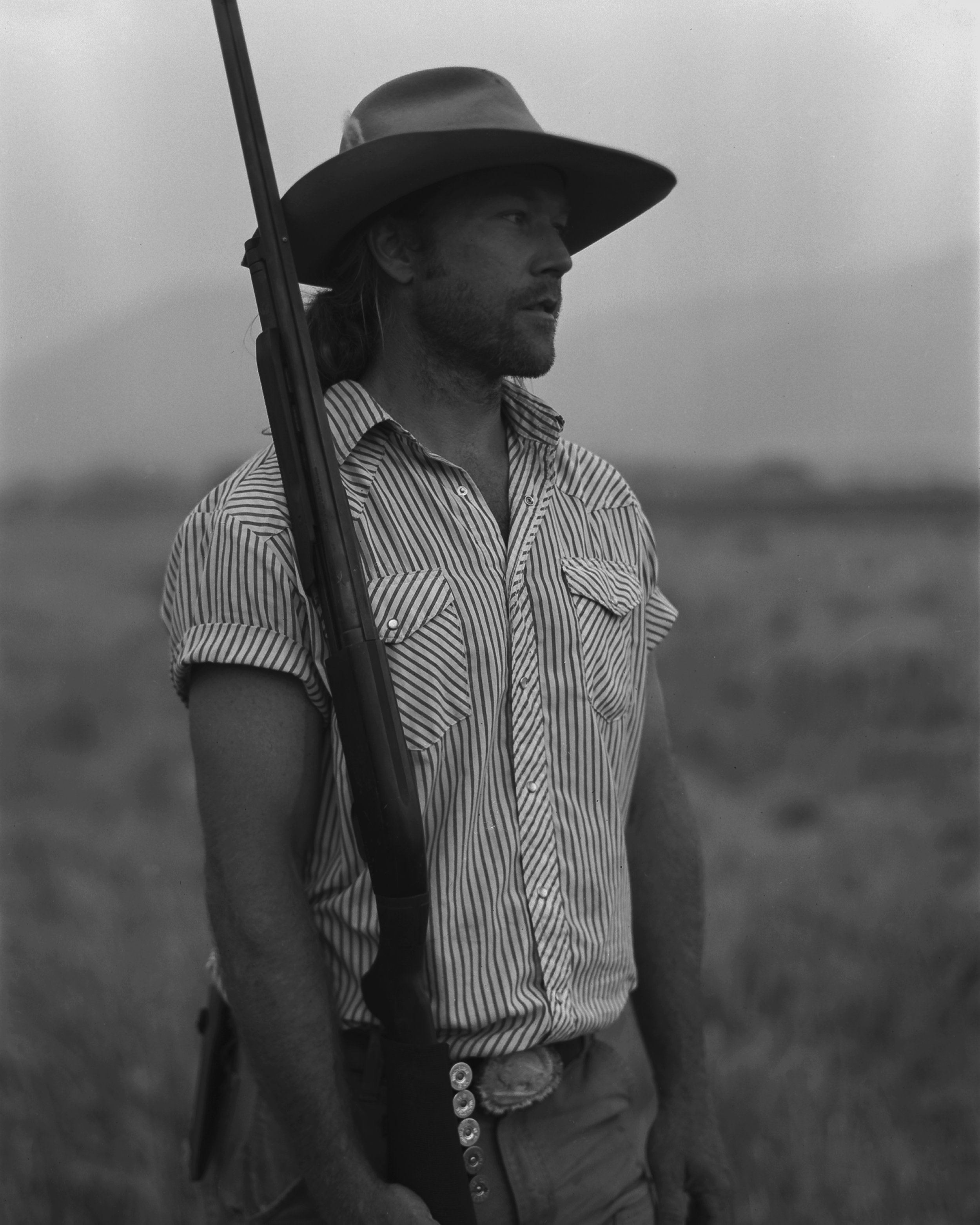Story 127: Mark McLennan
What is your backstory?
I grew up in Calgary, Alberta and left home when I was 19. For the last decade or so I have been living overseas. And for most of that time I focused on other important goals. At some point I realized that I was really lacking a creative outlet. So I picked up a camera and started doing a lot of concert photography—mostly for country music artists. Eventually I got the sense that I should try communicating a little more through my photos.
So for the last three years I’ve been working on a series of pictures called No Fences which I think is something like a modern western. It's still in its early stages—and it’s hard to know when it will be finished. What started as kind of a documentary series of lonely places in color has evolved into a black and white project that really focuses on portraits of people living on the eastern slope of the Rocky Mountains from Alberta down to the Rio Grande. Unfortunately I haven’t been able to make it across the border into Alberta for the last couple years, which has been a drag because I think home is a really important part of the work. I’ll get there.
What camera gear/editing setup do you use?
Basically all of the work has been made on a Chamonix 4X5, 50mm equivalent lens, with Ilford HP5 film. I really like to limit myself with gear because I hate travelling with too much stuff. Also, I think the constraints of less help force creative decisions. That said, I take tons of drafts with my iPhone before committing with the big camera. Half the time those pictures are way better and I really start to question my whole approach.
That said, there’s something about large format optically—I don’t think anything looks quite as good and when it works it really works. But probably more importantly, I have no doubt that I've been able to make certain portraits just because of the big wooden camera. People really take an interest and are easily convinced to hang out for a while to take some pictures when they see the work that goes into setting up the camera. Without it I’m just some dude hanging around gas stations in small towns harassing people for a picture.
How do you achieve the look of your photographs and could you take us through the process?
I think the consistency in the work is largely due to the same gear setup in every shot. Other than that, I like to shoot when it’s pretty dim and got some great results shooting in summer forest fire haze in Montana. Basically I like evenings on an open plain.
Could you tell us the backstory of some of your photographs?
In many ways the backstory is basically the same for all of the photographs in No Fences. I show up in small towns near ranching communities and try to meet people and make work. There's always a ton of anxiety before I get started—I always worry that I won’t get any work done and the trip will be a waste. But eventually I meet a guy who knows a guy, and the next you thing you know we’re hanging out with the horses and the whole crew.
Portraits are one thing, but I find that capturing landscapes and details can be a lot more difficult. Lately I’ve struggled to find images that compliment the portraits. The question is always what's interesting enough for me to stop the truck and take the picture? Certain music is really inspiring so if a scene feels like certain songs sound, that’s what I’m looking for I guess.
What advice do you have for aspiring photographers?
This is tough to answer because in many ways I feel like I’m still an aspiring photographer every time I set up the camera. But I think what really helped me was coming up with a project and chasing some of the pictures I had in my head. So I guess I would say that if there is any community, or theme, or region that you take an interest in, think of a concept and go out and get to work. It really is amazing how people will open up and let you in when they know you are being genuine. I’ve met friends for life just because I took a cool picture or two and I'm always really grateful for the time people have given me just to try to make some art. Really makes you wonder if it’s about the pictures or the experiences along the way.



























